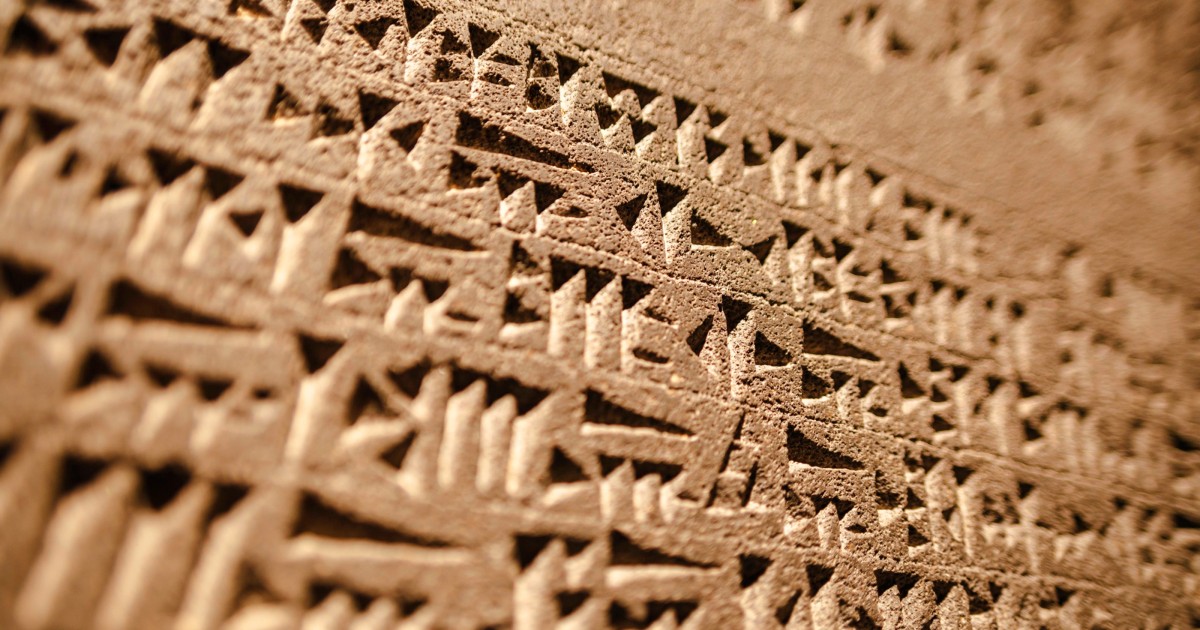- cross-posted to:
- nev@lemmy.intai.tech
- cross-posted to:
- nev@lemmy.intai.tech
Researchers have unearthed hundreds of thousands of cuneiform tablets, but many remain untranslated. Translating an ancient language is a time-intensive process, and only a few hundred experts are qualified to perform it. A recent study describes a new AI that produces high-quality translations of ancient texts.



That’s the problem, you see… it is great for simple things. Then you start believing in it and give more complicated tasks. It will fail, you will never know until it is too late. We are doomed…
I’ve found that after using it for a while, I developed a feel for the complexity of the tasks it can handle. If I aim below this level, its output is very good most of the time. But I have to decompose the problem and make it solve the subproblems one by one.
(The complexity ceiling is much higher for GPT-4, so I use it almost exclusively.)